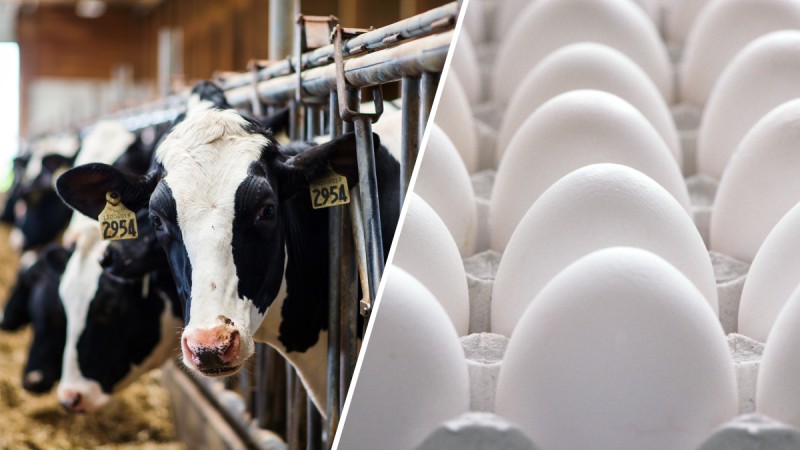
The Central San Joaquin Valley's dairy industry is grappling with a severe outbreak of highly pathogenic avian flu, affecting over 100 dairies and threatening the livelihood of farmers already struggling with economic challenges.
Rapid Spread and Devastating Impact
The avian flu virus, which typically affects poultry, has made an unprecedented jump to dairy cows. Landon Fernandes, a Tulare County dairyman, describes the rapid progression of the disease: "The first day on your farm you might see a handful of sick cows. The next day it's maybe a dozen or two dozen sick cows. There's a ramp-up period until about day seven to 10 where you reach your peak."
Some dairies are reporting up to a third of their herds infected, requiring treatment for hundreds or even thousands of cows daily. The disease's impact on cows is severe, with animals quickly developing high fevers and stopping food and water intake.
Treatment and Containment Efforts
Farmers are working tirelessly to treat infected cows, employing methods ranging from administering aspirin and vitamins to more intensive hydration techniques. Isolation of infected animals is crucial to prevent nose-to-nose transmission.
Anja Raudabaugh, CEO of Western United Dairies, reports that dairies are implementing extensive biosecurity measures. These include strict quarantines, regular testing, and enhanced protective gear for workers. Delivery protocols have also been modified, with trucks being disinfected and deliveries made at a distance from dairy facilities.
Economic Implications
The outbreak poses a severe threat to the dairy industry's financial stability. Milk production has decreased dramatically, and the additional costs of containment and treatment are straining already tight budgets. Raudabaugh warns, "If a dairy was in a financially tough position before this and they get hit with this, I don't see them coming through this."
The situation is exacerbated by the fact that many California dairies are too large to qualify for USDA assistance programs, leaving them to bear the brunt of the economic impact alone.
Ongoing Research and Uncertainties
Researchers are working to understand the virus's transmission methods and adapt containment strategies accordingly. Initially thought to be spread by wild birds, current investigations are focusing on other potential vectors, including fomite transmission through objects like boots, gloves, or tires.
The long-term effects on milk production remain uncertain, with some dairies reporting that cows are not returning to previous production levels even after recovery.
Human Health Concerns
While cow-to-human transmission has been limited, there are concerns about potential health risks to dairy workers. The virus can be aerosolized during the milking process, necessitating additional protective measures for employees.
As the dairy industry in California's Central Valley continues to battle this unprecedented outbreak, the full extent of its impact on both animal health and the economic viability of dairy farms remains to be seen.